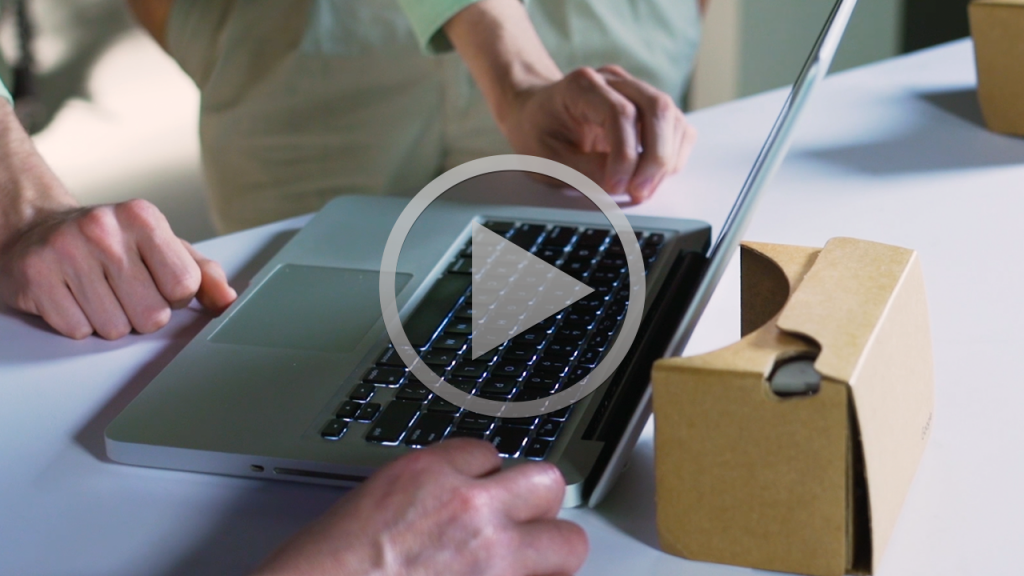Walking the halls of this year’s Mobile World Congress (MWC)—and, once again, I walked by every booth in every one of them—it was clear that mobile technology is expanding faster than ever into more new tech territories than ever before.
On the device front, cameras and camera quality have become a pitched battleground, with mobile phone makers teaming with camera manufacturers to give us better and better images and video. This fight is far from over, too, because vendors are exploring many different ways to improve mobile phone camera quality. Quick charging is a hot new trend we can expect to hear more about in the days to come. Of course, apps and their performance continue to matter greatly, because if you can do it from any computer, you better be able to do at least some of it from your phone.
The Internet of Things (IoT) grabbed many headlines, with vendors still selling more dreams than reality, but some industries living this future now. The proliferation of IoT devices will result, of course, in massive increases in the amount of data flowing through the world’s networks, which in turn will require more and more computing power to analyze and use. That power will need to be everywhere, from massive datacenters to the device in your hand, because the more data you have, the more you’ll want to customize it to your particular needs.
Similarly, AI was a major theme of the show, and it’s also likely to suck up computing cycles everywhere. The vast majority of the work will, of course, end up in datacenters, but some processing is likely to be local, particularly in situations, such as real-time translation, where we can’t afford significant comm delays.
5G, the next big step in mobile data speeds, was everywhere, with most companies seeming to agree the new standard was still years away–but also excited about what will be possible. When you can stream 4K movies to your phone wirelessly while simultaneously receiving and customizing analyses of your company’s IoT network, you’re going to need a powerful, sophisticated device running equally powerful and sophisticated apps.
Everywhere I looked, the future was bright—and complicated, and likely to place increasing demands on all of our devices. We’ll need guides as we find our paths through these new territories and as we determine the right device tools for our jobs, so the need for the XPRTs will only increase. I look forward to seeing where we, the BenchmarkXPRT Development Community, take them next.
Mark













